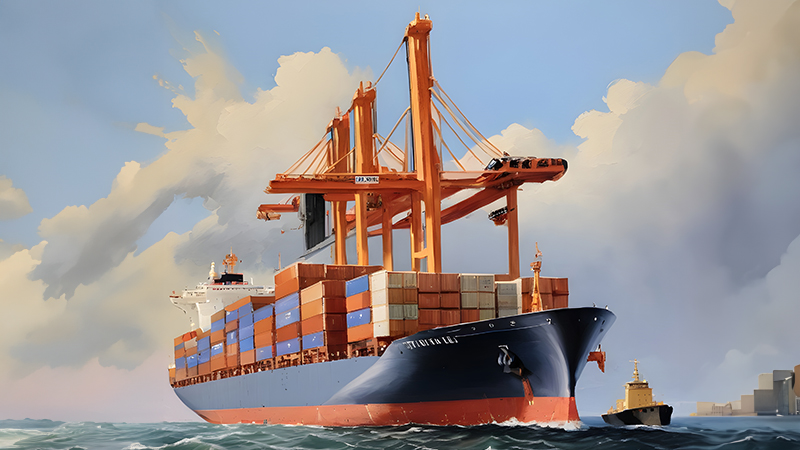
Rising cost of road freight: pointers for Procurement Organization

In collaboration with Charen Ravi and Kaushik Venkat

A number of U.S. companies told investors that rising shipping costs in recent months have cut into earnings, according to a report by the Wall Street Journal. The newspaper also reported that shippers are postponing deliveries or being forced to accept higher prices due to a nationwide truck shortage.
In certain companies, road freight falls within the ambit of procurement spend. And in order to be ahead of the game, it is important for sourcing managers to be in the know of cost structure, pricing and best-fit engagement models.
Cost Structure
Fuel is one of the single largest contributors to the overall cost.
Driver wages have been increasing, owing to the shortage of drivers. Average wages increased by 8–10 percent during 2014 and 2016, and the trend is expected to continue
Toll cost share is about 3–4 percent of the total freight cost and is route-dependent. It is a negotiable component because if a particular route has no toll gates, it can be discounted from the total transportation cost.
Pricing Model Comparison
| Pricing Models | Price Components | Impact on Buyers |
|---|---|---|
| Freight Plus Margin Model | Direct + indirect + fixed costs + predetermined margin | The freight plus pricing model is more widely adopted on a transactional engagement with a service provider for contracts of short duration. |
| Contract Pricing Model | All costs + fixed profit margin | The liability for the transportation of goods rests with the logistics provider; hence, the service delivery will have low error margins. |
| Spot Pricing Model | All costs incurred + profit margin | Spot prices are volatile and seasonal according to the demand in the market, mainly used for one-time transportation. |
Source : Beroe Analysis
Sourcing Models: Pros and Cons
| Sourcing Models | Pros | Cons |
|---|---|---|
| International Service Providers (Single Service) | Quality of service will be good, as they are the most mature players in the industry | Cost is high compared to regional and local service providers |
| Transportation of goods comes with a couple of value-added services | ||
| Regional Service Providers (Single Service) | Have extensive networks in their respective regions | Cost is high compared to local service providers |
| Can provide customized service | Execution risk is high compared to international service providers | |
| Engaging with 3PLs | Better quality of service with regard to managing shipment volumes and can integrate transportation, warehousing and other value-added services | Lower bargaining power as compared to shippers engaging directly with trucking service providers |
| The visibility of cost spent is low as services are not distinguished | ||
| Hybrid Model | Provides last-mile transportation to the buyers | Cost-saving opportunities are low |
| Have to engage with different service providers | ||
| In-House | Customized services, which are best aligned with internal business functions and are available irrespective of specific tenures | The cost of maintaining a fleet is higher as it is difficult to achieve economies of scale |
| Operational issues are difficult to manage in this model |
Source : Beroe Analysis
Related Insights:
View All
Get more stories like this
Subscirbe for more news,updates and insights from Beroe






